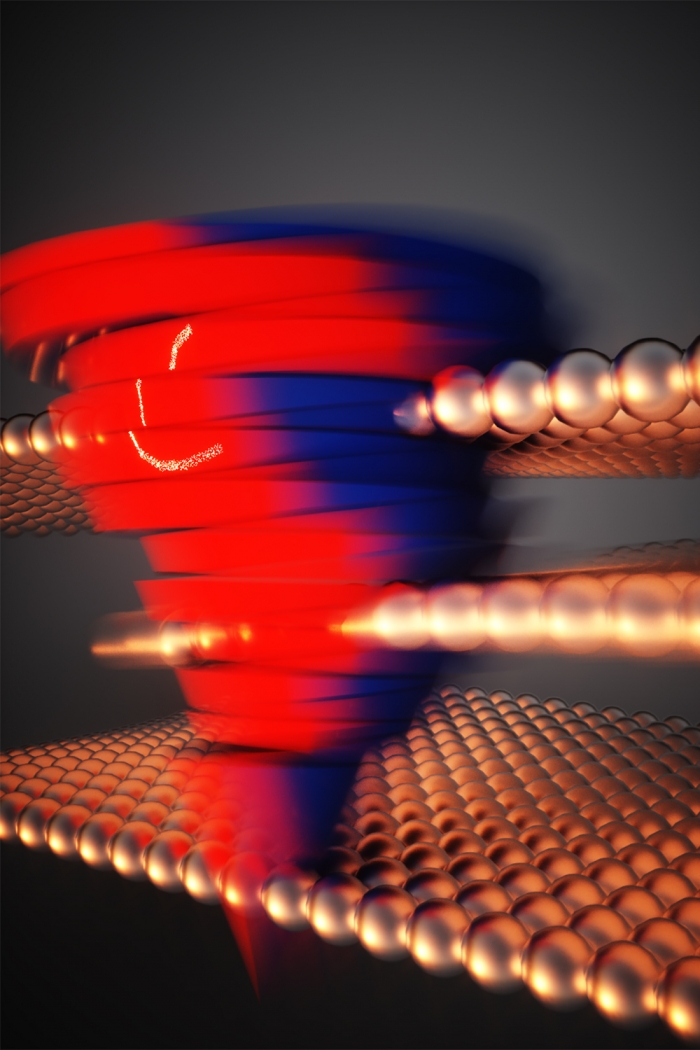 (Image credit: Stanford University)
(Image credit: Stanford University)
- Written by William D Snow
Storing data on 2D metals
Stanford University researchers have invented a way to slide atomically-thin layers of 2D materials over one another to store more data, in less space and using less energy.
A Stanford-led team has invented a way to store data by sliding atomically thin layers of metal over one another, an approach that could pack more data into less space than silicon chips, while also using less energy. The research, led by Aaron Lindenberg, associate professor of materials science and engineering at Stanford and at the SLAC National Accelerator Laboratory, would be a significant upgrade from the type of nonvolatile memory storage that today’s computers accomplish with silicon-based technologies like flash chips.
“The arrangement of the layers becomes a method for encoding information,” Lindenberg says, creating the on-off, 1s-and-0s that store binary data. “The scientific bottom line here,” Lindenberg adds, “is that very slight adjustments to these ultrathin layers have a large influence on its functional properties. We can use that knowledge to engineer new and energy-efficient devices towards a sustainable and smart future.”
The research results are published in this article.
Read the full article at Stanford News.
Visible Legacy Comment
Smart sensors and big data imply a massive need for memory storage. This team at Stanford has been working for several years on a technology that may allow storing data in a non-volatile memory storage but allow the speed of access needed for direct computation. They are developing phase-change memory using the state change between crystalline atomic structure and amorphous phase. The current work evolves toward using crystalline layers and changing alignment and shows promise for fast, non-volatile memory with lower energy use. The technology is available through the the Stanford Office of Technology Licensing. Tech Scouts interested in discovering other grant-funded research and emerging innovations in this research ecosystem should please explore the map in Visible Legacy Navigator, below.
Additional Info
-
Navigator:
 Explore the map in Navigator
Explore the map in Navigator - Widget:
- Caption: Stanford Lindenberg Lab
Related items
- The future of health care is in our cells
- Federal funding will help WSU professor develop technology to recover rare earth elements
- Unlocking the brain: Peptide-guided nanoparticles deliver mRNA to neurons
- Scientists Get to the Bottom of COVID’s Worst Pediatric Complication
- WSU-inspired national gene-editing task force begins work
